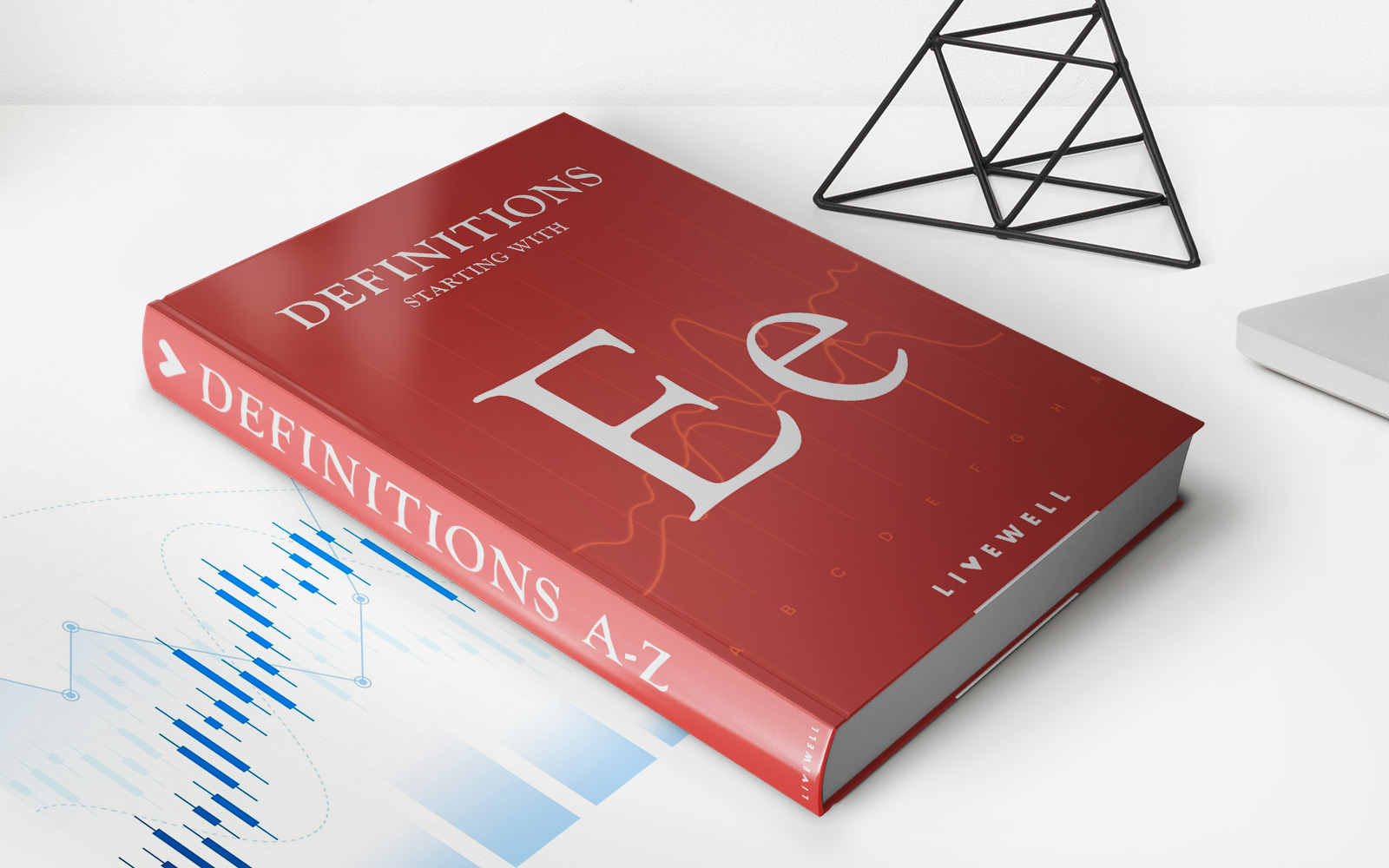

Finance
Call Loan – Definition, Examples And Uses
Published: October 21, 2023
Learn about finance and its applications in loans. Discover the definition, examples, and uses of call loans. Enhance your financial knowledge today!
(Many of the links in this article redirect to a specific reviewed product. Your purchase of these products through affiliate links helps to generate commission for LiveWell, at no extra cost. Learn more)
Understanding Call Loan: Definition, Examples and Uses in Finance
Welcome to our Finance category! In this blog post, we will be delving into the world of call loans. Whether you’re a seasoned investor or just starting out, understanding call loans can be beneficial in managing your financial portfolio. In this article, we will define call loans, provide examples, and explore their various uses in the finance industry.
Key Takeaways:
- A call loan is a type of short-term borrowing arrangement, typically made by investors, where the lender has the right to recall or demand repayment of the loan at any time.
- Call loans are often used by investors who require immediate funds for investment opportunities or to meet margin requirements.
What is a Call Loan?
A call loan, also known as a demand loan or broker loan, is a form of short-term borrowing where the lender has the right to recall or demand the repayment of the loan at any time. This flexibility gives lenders the ability to quickly access funds if needed.
Call loans are typically agreed upon between investors and lenders, such as banks or brokerage firms. They are commonly used by investors who require immediate funds for investment opportunities or to meet margin requirements.
Examples of Call Loans:
To better understand call loans, let’s explore a couple of examples:
- Margin Financing: A call loan is often used in margin financing, where investors borrow money from their brokerage firms to purchase additional securities. If the value of the investor’s portfolio decreases, the brokerage firm may issue a call loan, demanding the repayment of the loan to reduce the risk exposure.
- Callable Bonds: In the bond market, callable bonds can also be considered as call loan instruments. Callable bonds give the issuer the right to redeem or call back the bonds before their maturity date. When this happens, bondholders are repaid the principal and any accrued interest.
Uses of Call Loans:
Call loans serve various purposes in the finance industry. Here are some common uses:
- Liquidity Management: Investors may use call loans as a means to manage their liquidity needs. By having access to quick funds through call loans, investors can take advantage of time-sensitive investment opportunities.
- Margin Requirements: Call loans are often used to meet margin requirements, which are the minimum funds that an investor must deposit with a brokerage firm when trading on margin. In the event of a margin call, investors can access call loans to fulfill the additional margin requirements.
- Short-Term Financing: Businesses may utilize call loans as a form of short-term financing to bridge temporary cash flow gaps, cover unexpected expenses, or fund time-sensitive projects.
It’s important to note that call loans are often associated with higher interest rates compared to other forms of financing. This is due to the flexibility and convenience they offer for lenders, making them an attractive option for investors in certain situations.
In Conclusion
Call loans are a vital component of the financial landscape, offering investors a convenient means of accessing short-term funds. By understanding the concept of call loans, their examples, and various uses, you can make informed decisions that align with your financial goals and objectives.
We hope this article has shed light on the world of call loans and provided valuable insights for your financial journey!














